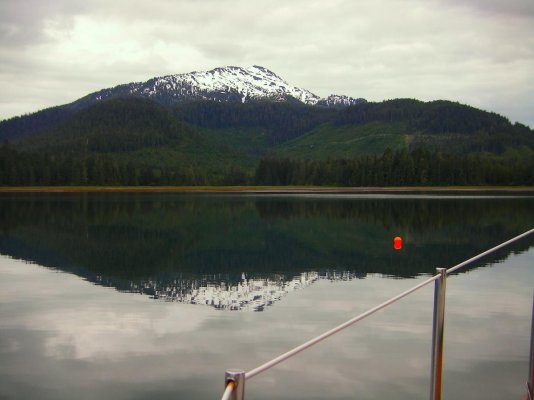...can you run to the foredeck and drop a good enough anchor with a reasonable amount of chain, BELAYED ALREADY at the end of said chain in ..... oh .....20 seconds?
That's a no brainer on most boats. It certainly is on ours; even our dog can do it. We have a self-deploying anchor so it's simply a matter of releasing the chain stop and backing off on the wildcat's friction brake. The anchor heads for the bottom immediately.
Now, we never actually deploy it this way because we don't get into situations where we'd have to. Instead we power the anchor out using the windlass motor and footswitch.


